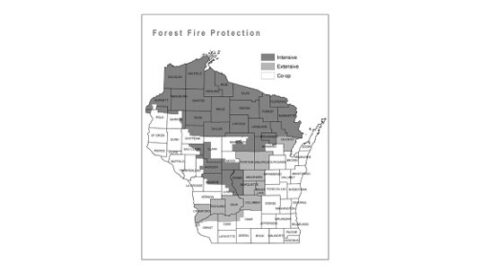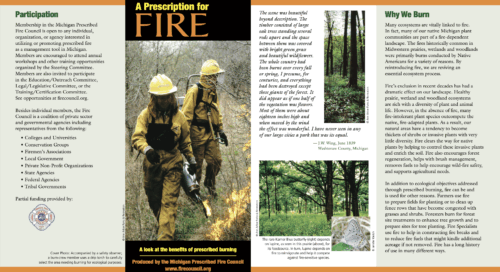
A Prescription for Fire: A Look at the Benefits of Prescribed Burning
A brochure covering the benefits of prescribed burning.
A Roadmap for Pyrodiversity Science
Published October 25, 2023 In Journal of Biogeography
Aids to Determining Fuel Models for Estimating Fire Behavior
“This report presents photographic examples, tabulations, and a similarity chart to assist fire behavior officers, fuel management specialists, and other field personnel in selecting a fuel model appropriate for a specific field situation.”
Avoiding Mortality: Timing Prescribed Burns in Ornate Box Turtle Habitat
Published October 10, 2023 In ournal of Wildlife Management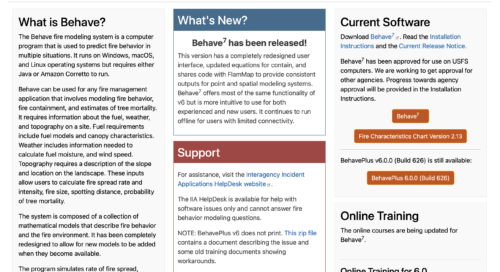
Behave7 Fire Modeling System
“The Behave fire modeling system is a computer program that is used to predict fire behavior in multiple situations.”
Canadian Forest Fire Danger Rating System (CFFDRS)
The Canadian Forest Fire Danger Rating System (CFFDRS) is a national system for rating the risk of forest fires in Canada. The system predicts fire weather, fire occurrence, and fire behavior.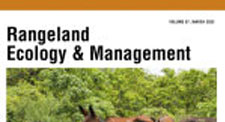
Cattle Graze Central Us Milkweeds At Least as Much as Grasses, Even Under Patch-Burn-Grazing Management
Published January 26, 2023 In Rangeland Ecology and Management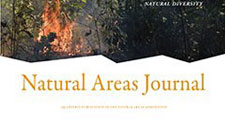
Changes in Groundlayer Communities with Variation in Trees, Sapling Layers, and Fires During 34 Years of Oak Savanna Restoration
Published November 9, 2023 In Natural Areas Journal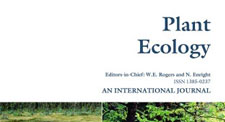
Dispersal and Persistence Traits Inform Long-Term Herbaceous Plant Community Change in Encroached Savannas
Published March 2, 2023 In Plant Ecology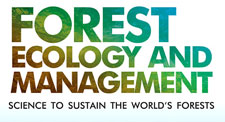
Endangered Myotis Bats Forage in Regeneration Openings in a Managed Forest
Published October 15, 2021 In Forest Ecology and Management
Escaping the Fire Trap: Does Frequent, Landscape-Scale Burning Inhibit Tree Recruitment in a Temperate Broadleaf Ecosystem?
Published April 2, 2022 In Forest Ecology and Management
Estimated Mortality and Morbidity Attributable to Smoke Plumes in the United States: Not Just a Western Us Problem
Published August 21, 2021 In GeoHealth
Exposure to Fire Affects Acorn Removal by Altering Consumer Preference
Published February 3, 2022 In Forest Ecology and Management
Fire as a Driver and Mediator of Predator–Prey Interactions
Published March 23, 2022 In Biological Reviews
Fire Effects Information System (FEIS)
FEIS summarizes and synthesizes research about living organisms in the United States—their biology, ecology, and relationship to fire.
FRAMES –- The Fire Research And Management Exchange System
FRAMES provides a systematic method of exchanging information and transferring technology between wildland fire researchers, managers, and other stakeholders in order to make wildland fire documents, data, tools, and other resources easy to find and use.
Functional Consequences of Animal Community Changes in Managed Grasslands: An Application of the Cafe Approach
Published October 25, 2023 In Ecology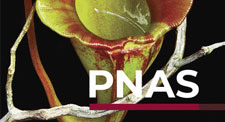
Habitat Fragmentation Decouples Fire-Stimulated Flowering From Plant Reproductive Fitness
Published September 18, 2023 In Proceedings of the National Academy of Sciences
Heterogeneity of Kentucky Bluegrass (Poa Pratensis L.) Seed Germination After Controlled Burning
Published May 7, 2022 In Rangeland Ecology and Management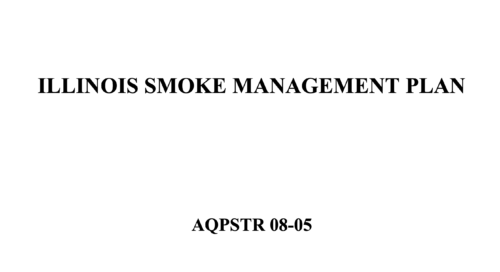
Illinois Smoke Management Plan
“This Smoke Management Plan (SMP) is based on Section VI “Smoke Management Programs” of the U.S. Environmental Protection Agency’s (U.S.EPA) “Interim Air Quality Policy on Wildland and Prescribed Fires” (April 23, 1998). According to this policy, the purpose of a SMP is to mitigate the nuisance and public safety hazards posed by smoke intrusions into populated areas (including on roadways and at airports); prevent deterioration of air quality and National Ambient Air Quality Standards (NAAQS) violations; and address visibility impacts in mandatory Federal Class I Areas.”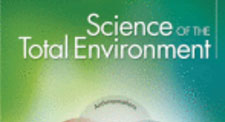
Impact of Eastern Redcedar Encroachment on Water Resources in the Nebraska Sandhills
Published October 24, 2022 In Science of the Total Environment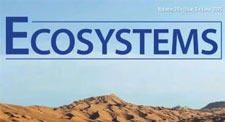
Impacts of Riparian and Non-Riparian Woody Encroachment on Tallgrass Prairie Ecohydrology
Published April 13, 2022 In Ecosystems
Intervention Intensity Predicts the Quality and Duration of Prairie Restoration Outcomes
Published August 29, 2023 In Restoration Ecology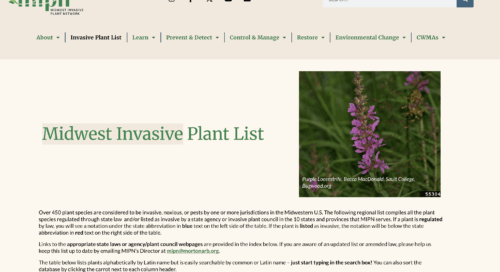
Invasive Plant Control Database
Information was collected from both scientific literature and expert opinions and summarized by the Midwest Invasive Plant Network (MIPN), in partnership with the Mark Renz lab from the University of Wisconsin–Madison.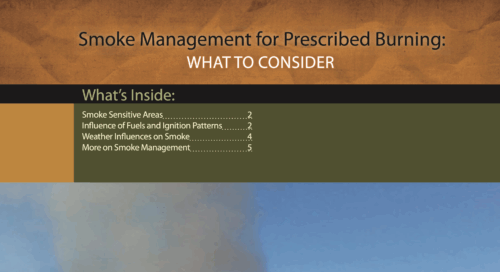
Iowa Smoke Management
“Managing smoke produced by prescribed fires has, in recent years, become a critical consideration when planning a prescribed fire event. In some situations, planning for smoke management may be more complicated than planning for the prescribed fire itself. Considerations such as human and animal health and safety, air pollution, and reduced visibilities must be taken into careful account when planning even a small, routine prescribed burn.”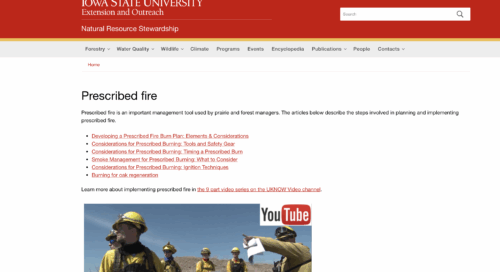
Iowa State Extension and Outreach Brochures
A series of five brochures published in 2012 that cover different elements of using prescribed fire as a land management tool.Joint Fire Science Program Research
Search research results, digests, briefs, and synthesis from JFSP.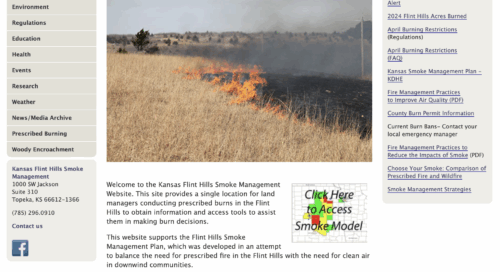
Kansas Flint Hills Smoke Management
“This site provides a single location for land managers conducting prescribed burns in the Flint Hills to obtain information and access tools to assist them in making burn decisions.”
Lake States Fire Science Library
The Lake States Fire Science Library provides web features, summaries, syntheses, and links to important publications from key scientists for the Lake States region.
Measuring Flammability of Crops, Pastures, Fruit Trees, and Weeds: A Novel Tool to Fight Wildfires in Agricultural Landscapes
Published October 5, 2023 In Science of the Total Environment
Minnesota Smoke Management Plan
“The purposes of SMPs are to mitigate the nuisance and public safety hazards (e.g. on roadways and at airports) posed by smoke intrusions into populated areas, prevent deterioration of air quality and National Ambient Air Quality Standards (NAAQS) violations, and address visibility impacts in federal mandatory Class I areas.”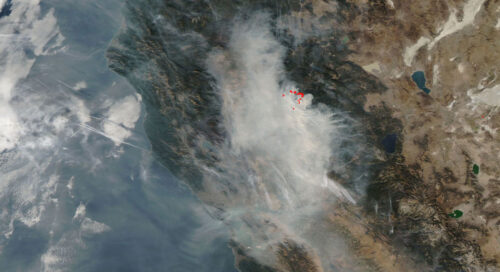
NWCG Interagency Smoke Committee (SmoC)
Managing smoke is part of wildland fire management. Protecting human life is the foremost priority in all aspects of wildland fire management, including smoke, while protecting natural resources and personal property are secondary priorities.will have a brief description of what the article is about.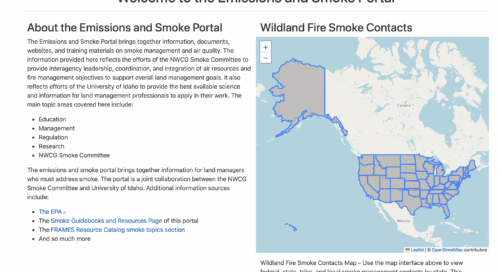
NWCG Smoke and Emissions Portal
"The Emissions and Smoke Portal brings together information, documents, websites, and training materials on smoke management and air quality. The information provided here reflects the efforts of the NWCG Smoke Committee to provide interagency leadership, coordination, and integration of air resources and fire management objectives to support overall land management goals.”
Oak Savanna Vegetation Response to Layered Restoration Approaches: Thinning, Burning, and Grazing
Published March 28, 2023 In Forest Ecology and Management
Personal Protective Equipment (PPE) – a short guide for wildland firefighters
A guide to using personal protective equipment to help avoid personal injuries.
Pre-Columbian Red Pine (Pinus Resinosa Ait.) Fire Regimes of North-Central Pennsylvania, USA
Published June 28, 2022 In Fire Ecology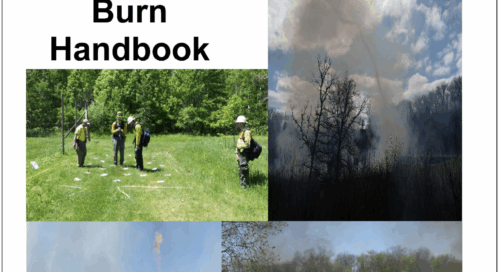
Prescribed Burn Handbook
“Minnesota Department of Natural Resources (MN DNR) policies and procedures relating to prescribed burning are contained in Operational Order 47, Prescribed Burning. The MN DNR Prescribed Burn Handbook is intended to supplement the policy found in the Operational Order 47 with specific instructions, forms, examples, and tools the fire or resource manager can use.”
Prescribed Fire Causes Wounding and Minor Tree Quality Degradation in Oak Forests
Published January 25, 2023 In Forests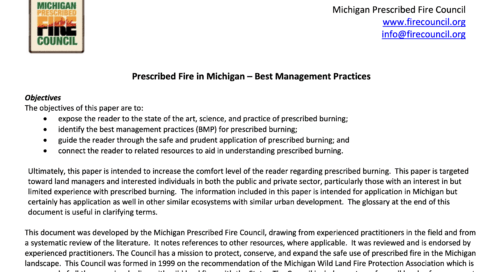
Prescribed Fire in Michigan – Best Management Practices
“This paper is intended to increase the comfort level of the reader regarding prescribed burning. This paper is targeted toward land managers and interested individuals in both the public and private sector, particularly those with an interest in but limited experience with prescribed burning.”
Prescribed Fire Increases the Number of Ground-Nesting Bee Nests in Tallgrass Prairie Remnants
Published February 22, 2023 In Insect Conservation and Diversity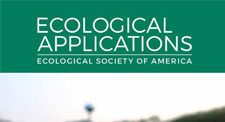
Qualitative Value of Information Provides a Transparent and Repeatable Method for Identifying Critical Uncertainty
Published February 21, 2023 In Ecological Applications
Regional Dynamics of Tick Vectors of Human Disease
Published February 2023 In Current Opinion in Insect Science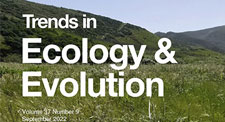
Savanna Fire Regimes Depend on Grass Trait Diversity
Published September 2022 In Trends In Ecology and Evolution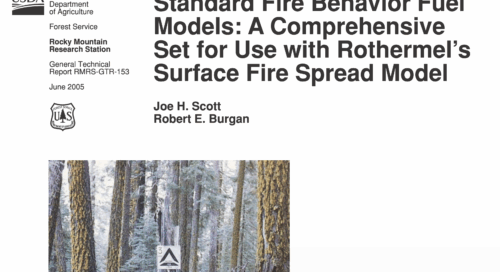
Standard fire behavior fuel models: a comprehensive set for use with Rothermel’s surface fire spread model
“This report describes a new set of standard fire behavior fuel models for use with Rothermel’s surface fire spread model and the relationship of the new set to the original set of 13 fire behavior fuel models.”
Thicketized Oak Woodlands Reduce Groundwater Recharge
Published December 2022 In Science of the Total Environment
Trajectories and State Changes of a Grassland Stream and Riparian Zone After a Decade of Woody Vegetation Removal
Published March 2, 2023 In Ecological Applications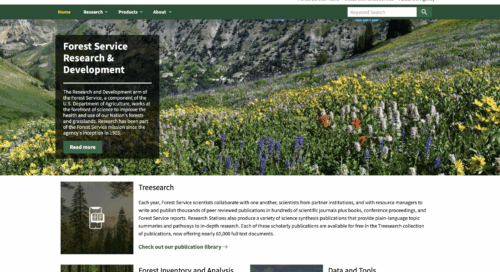
Treesearch
This online system searches for publications by Research and Development scientists in the US Forest Service. All Treesearch publications were written or produced by Forest Service personnel and are in the public domain.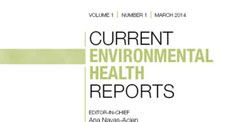
Wildfire, Smoke Exposure, Human Health, and Environmental Justice Need to Be Integrated Into Forest Restoration and Management
Published May 7, 2022 In Current Environmental Health Reports